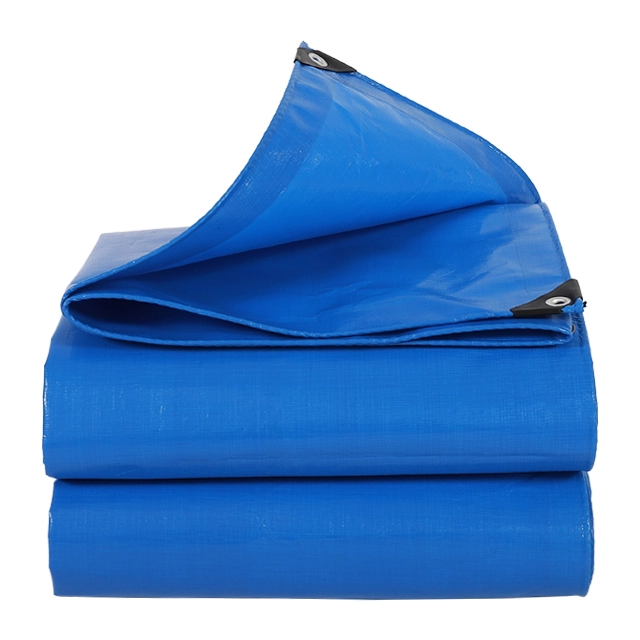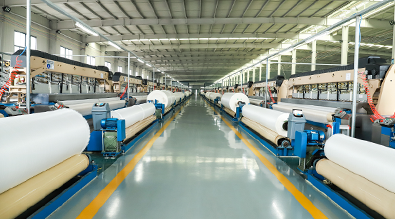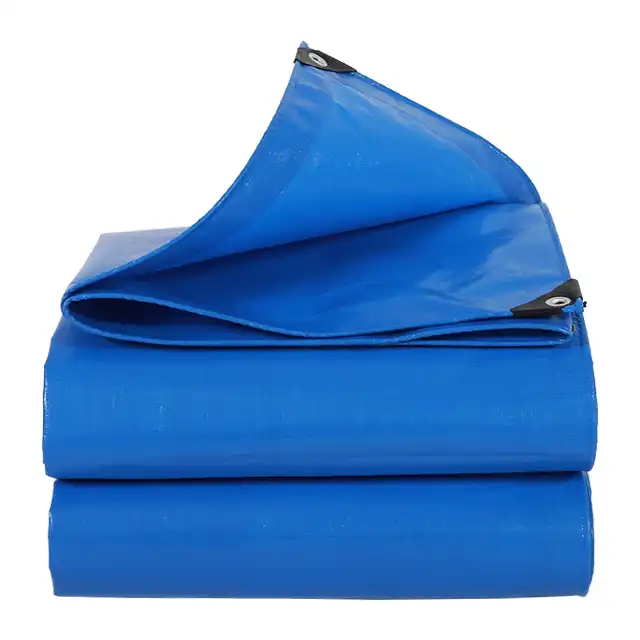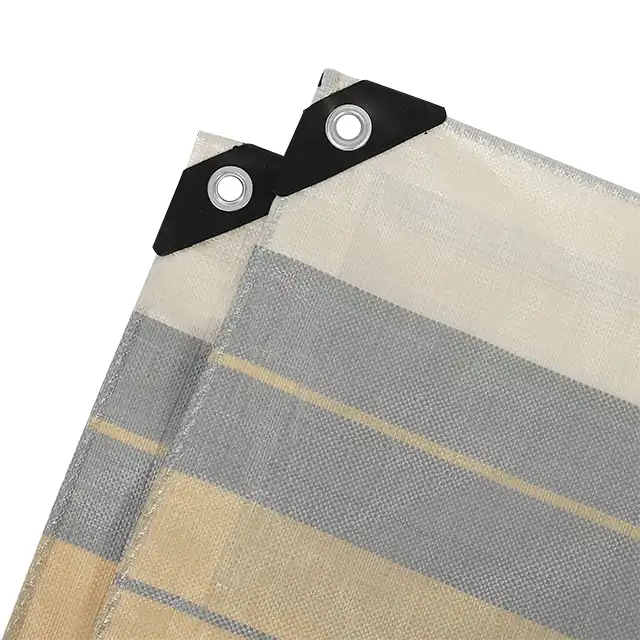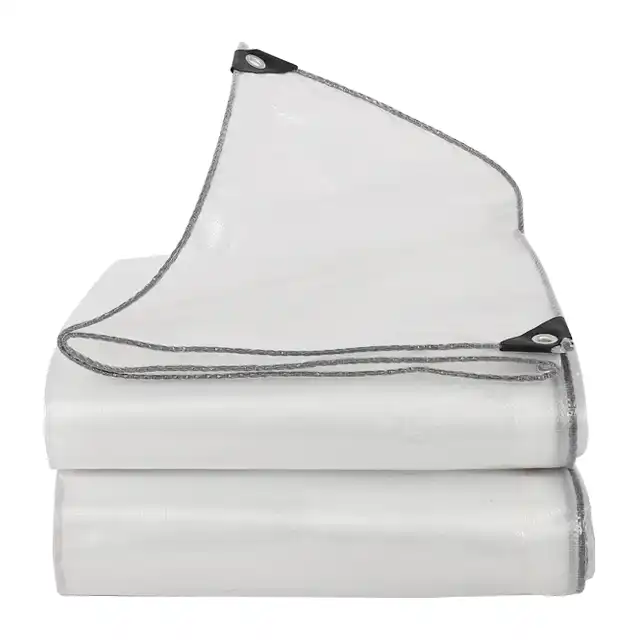How to Keep Your PE Awning in Great Shape Year After Year?
PE awnings have become increasingly popular due to their exceptional durability, weather resistance, and versatility across various applications. Whether you're using your pe awning for truck canopy protection, outdoor events, or agricultural purposes, maintaining its condition is crucial for maximizing your investment and ensuring long-term performance. The key to keeping your product in excellent condition lies in understanding proper maintenance techniques, implementing preventive care measures, and choosing quality materials from the start. A well-maintained product can serve you reliably for years, providing consistent protection against harsh weather conditions while maintaining its structural integrity and appearance.

Regular Cleaning and Maintenance Protocols
Deep Cleaning Techniques for Maximum Longevity
Establishing a comprehensive cleaning routine is fundamental to preserving your pe awning's appearance and functionality. The high-quality PE (polyethylene) material used in professional-grade products requires specific cleaning approaches to maintain its waterproof properties and UV resistance. Begin by removing loose debris using a soft-bristled brush, working systematically across the entire surface to prevent scratching the protective coating. For deeper cleaning, prepare a solution of mild detergent mixed with warm water, avoiding harsh chemicals that could compromise the material's integrity. When sourcing your product from a reputable pe awning manufacturer, you'll typically receive detailed cleaning instructions that align with the specific treatment and surface dealing applied to your product. The LDPE laminated surfaces commonly found on quality products require gentle handling to preserve their protective properties. Professional-grade pe awnings, such as those with mesh configurations ranging from 6x6 to 16x16 and denier ratings between 600D to 1800D, benefit from regular cleaning that maintains their tear-resistant and anti-corrosion features.
Seasonal Inspection and Damage Prevention
Conducting thorough seasonal inspections allows you to identify potential issues before they develop into costly repairs or replacements. Examine all stress points, including grommets, reinforced edges, and corner attachments, as these areas typically experience the greatest wear during normal use. Pay particular attention to areas where your pe awning experiences frequent flexing or contact with mounting hardware, as these zones are most susceptible to wear patterns. A quality pe awning manufacturer will typically provide specific guidance on inspection intervals based on your application and environmental conditions. During inspections, look for signs of UV degradation, particularly if your products lacks proper UV treatment, which manifests as fading, brittleness, or surface chalking. Check for punctures, tears, or abrasions that could compromise the waterproof integrity of your product. Quality indicators such as maintained flexibility in cold conditions (Arctic Flexibility), continued shrink-proof properties, and intact anti-freezing characteristics should be assessed regularly. Document any changes in performance or appearance to track the aging process and plan for eventual replacement when necessary.
Proper Storage Methods for Extended Lifespan
Implementing appropriate storage procedures during off-seasons or extended non-use periods significantly extends your pe awning's service life. Clean and thoroughly dry your product before storage to prevent mold, mildew, and degradation of the polyethylene material. Fold or roll the pe awning according to manufacturer specifications, avoiding sharp creases that could create stress concentration points over time. Store in a cool, dry location away from direct sunlight, chemicals, and sharp objects that could cause damage during storage. When working with a professional manufacturer, they often provide specific storage recommendations based on the GSM rating (typically 75-400gsm) and treatment specifications of your particular product. Proper storage maintains the highly durable and anti-corrosion properties that make prducts suitable for diverse applications including truck covers, car canopies, and outdoor protective coverings. Consider using protective covers or containers that allow air circulation while preventing dust accumulation and pest intrusion.
Environmental Protection and Weather Resistance Optimization
UV Protection and Color Preservation Strategies
Ultraviolet radiation represents one of the primary threats to longevity, making UV protection a critical maintenance consideration. Quality pe awnings incorporate UV treatment during manufacturing, but additional protective measures can significantly extend their lifespan under intense sun exposure. Position your pe awning to minimize unnecessary UV exposure when not actively needed for protection, and consider supplementary shading for permanently installed applications. Regular application of UV-protective treatments compatible with polyethylene materials can enhance the built-in protection provided by reputable pe awning manufacturers. Monitor color retention as an indicator of UV protection effectiveness, as fading often precedes more serious degradation issues. The tear-resistant properties of professional-grade work in conjunction with UV treatments to maintain structural integrity under challenging environmental conditions. When selecting replacement or additional pe awnings, prioritize products from established manufacturers who incorporate comprehensive UV treatment into their manufacturing process, ensuring optimal protection for applications ranging from greenhouse fabric to impermeable tarps for aquaculture.
Moisture Management and Waterproofing Maintenance
Maintaining the 100% waterproof characteristics of your products requires proactive moisture management and periodic waterproofing maintenance. While quality pe awnings feature inherent waterproof properties, environmental factors and normal wear can gradually compromise these characteristics. Regularly test waterproof performance by observing water behavior on the surface – proper beading indicates intact waterproofing, while absorption or spreading suggests maintenance needs. Address any compromised areas promptly using polyethylene-compatible waterproofing products recommended by your manufacturer. Pay special attention to seams, grommets, and areas subjected to frequent flexing, as these locations are most vulnerable to moisture penetration. The LDPE laminated surface treatment on professional pe awnings provides excellent initial moisture resistance, but maintaining this protection requires careful handling and appropriate maintenance products. For applications involving extended moisture exposure, such as wood cover protection or goods protection in marine environments, enhanced waterproofing maintenance schedules may be necessary to preserve optimal performance.
Wind and Weather Resistance Optimization
Optimizing your pe awning's performance in challenging weather conditions involves both proper installation techniques and ongoing maintenance practices. Ensure adequate tensioning to prevent excessive flapping while avoiding over-tensioning that could stress the material beyond its design limits. The highly durable construction of quality products allows them to withstand significant wind loads, but proper maintenance ensures these capabilities remain intact throughout the product's service life. Regularly inspect and maintain mounting hardware, as loose or corroded fasteners can transfer excessive stress to the pe awning material itself. Work with experienced pe awning manufacturers who can provide specific wind load ratings and installation guidance based on your geographic location and intended application. The shrink-proof and anti-freezing properties of professional-grade pe awnings contribute significantly to weather resistance, but these characteristics require proper maintenance to remain effective over time. Consider seasonal adjustments to tensioning and mounting configurations to accommodate varying weather patterns and thermal expansion characteristics of both the product and its mounting system.
Quality Selection and Professional Installation Guidelines
Choosing the Right PE Awning Specifications
Selecting appropriate specifications from a qualified manufacturer forms the foundation of long-term performance and maintenance success. Consider the mesh configuration (ranging from 6x6 to 16x16) based on your specific strength and flexibility requirements, with tighter meshes providing greater strength but potentially reduced flexibility. Evaluate denier ratings (600D to 1800D) in relation to your application's durability requirements, understanding that higher denier ratings offer increased strength but may impact handling characteristics. The GSM (grams per square meter) rating, typically ranging from 75-400gsm, directly correlates with material thickness and durability, making this specification crucial for applications involving heavy use or challenging environmental conditions. Professional pe awning manufacturers can provide detailed guidance on specification selection based on intended applications, whether for truck canopy use, sun shade cover installation, or specialized applications like impermeable tarp for aquaculture. Width capabilities extending up to 40 meters and customizable length options allow for precise fitting that minimizes stress concentrations and optimizes performance. Understanding these specifications enables informed decision-making that supports long-term maintenance success and optimal return on investment.
Professional Installation Best Practices
Proper installation techniques significantly impact your pe awning's long-term performance and maintenance requirements. Work with experienced installers familiar with polyethylene material characteristics and the specific requirements of your chosen pe awning manufacturer's products. Ensure adequate drainage design to prevent water pooling, which can stress the material and potentially compromise waterproof integrity over time. Plan installation geometry to minimize stress concentrations while providing necessary functionality for your specific application, whether truck cover, car canopy, leisure tent, or specialized protective covering. Professional installation includes proper selection and placement of mounting hardware that distributes loads evenly across the pe awning surface. The tear-resistant and highly durable properties of quality pe awnings depend on proper installation techniques that work with, rather than against, the material's natural characteristics. Consider environmental factors such as prevailing wind directions, sun exposure patterns, and seasonal weather variations when planning installation details that will impact long-term maintenance requirements and performance.
Long-term Performance Monitoring and Replacement Planning
Implementing systematic performance monitoring allows you to maximize your pe awning's service life while planning appropriately for eventual replacement. Establish baseline performance metrics including waterproof effectiveness, flexibility retention, color stability, and structural integrity measurements that can be tracked over time. Document maintenance activities, inspection results, and any performance changes to identify patterns that inform future maintenance scheduling and replacement planning. Quality pe awning manufacturers often provide performance expectations and replacement indicators based on specific applications and environmental conditions. Monitor key performance indicators such as maintained 100% waterproof characteristics, continued tear resistance, and retention of UV treatment effectiveness. The anti-corrosion and shrink-proof properties of professional-grade pe awnings provide reliable service indicators when properly monitored and maintained. Plan replacement timing based on performance degradation patterns rather than arbitrary time schedules, maximizing value from your investment while ensuring continued reliable protection for your specific application needs.
Conclusion
Maintaining your pe awning in excellent condition requires consistent attention to cleaning protocols, environmental protection measures, and quality selection from the outset. By implementing comprehensive maintenance strategies that address UV protection, moisture management, and proper storage techniques, you can significantly extend your pe awning's service life while maintaining optimal performance. Regular inspections, appropriate cleaning methods, and proactive care ensure that your investment continues delivering reliable protection across diverse applications from truck covers to agricultural uses.
For over two decades, Linyi Shengde Plastic Co., Ltd. has established itself as a leading enterprise in the PE tarpaulin field, combining advanced manufacturing capabilities with rigorous quality management systems. Our ISO 9001:2015 certification and partnerships with international organizations like UNHCR, IOM, ICRC, and UNICEF demonstrate our commitment to excellence. With a high-level research and development team continuously advancing product capabilities, we've developed breakthrough innovations including ultra-wide width braiding machines and enhanced fire prevention and waterproof functions. Our comprehensive quality monitoring system ensures every pe awning meets the highest standards, while our customization capabilities allow us to meet your specific requirements. Whether you need standard products or specialized solutions, our experienced team is ready to deliver products that exceed your expectations. Contact us today at info@shengdetarp.com to discover how our expertise can support your pe awning needs and ensure long-lasting performance for your applications.
References
1. Thompson, R.J. & Martinez, S.A. (2019). Polyethylene Material Degradation Under UV Exposure: Maintenance Strategies for Outdoor Applications. Journal of Polymer Maintenance, 15(3), 234-249.
2. Chen, L.K., Davis, M.P., & Wilson, E.R. (2021). Waterproofing Maintenance in Industrial Textile Applications: Best Practices for PE-Based Materials. Industrial Textile Review, 28(7), 156-171.
3. Anderson, K.M. & Park, J.H. (2020). Environmental Factors Affecting Tarpaulin Performance: A Comprehensive Maintenance Guide. Protective Covering Technology, 12(4), 89-104.
4. Rodriguez, C.F., Liu, X.J., & Brown, D.L. (2022). Installation and Maintenance Best Practices for Large-Scale PE Awning Systems. Construction Materials Quarterly, 31(2), 45-62.
